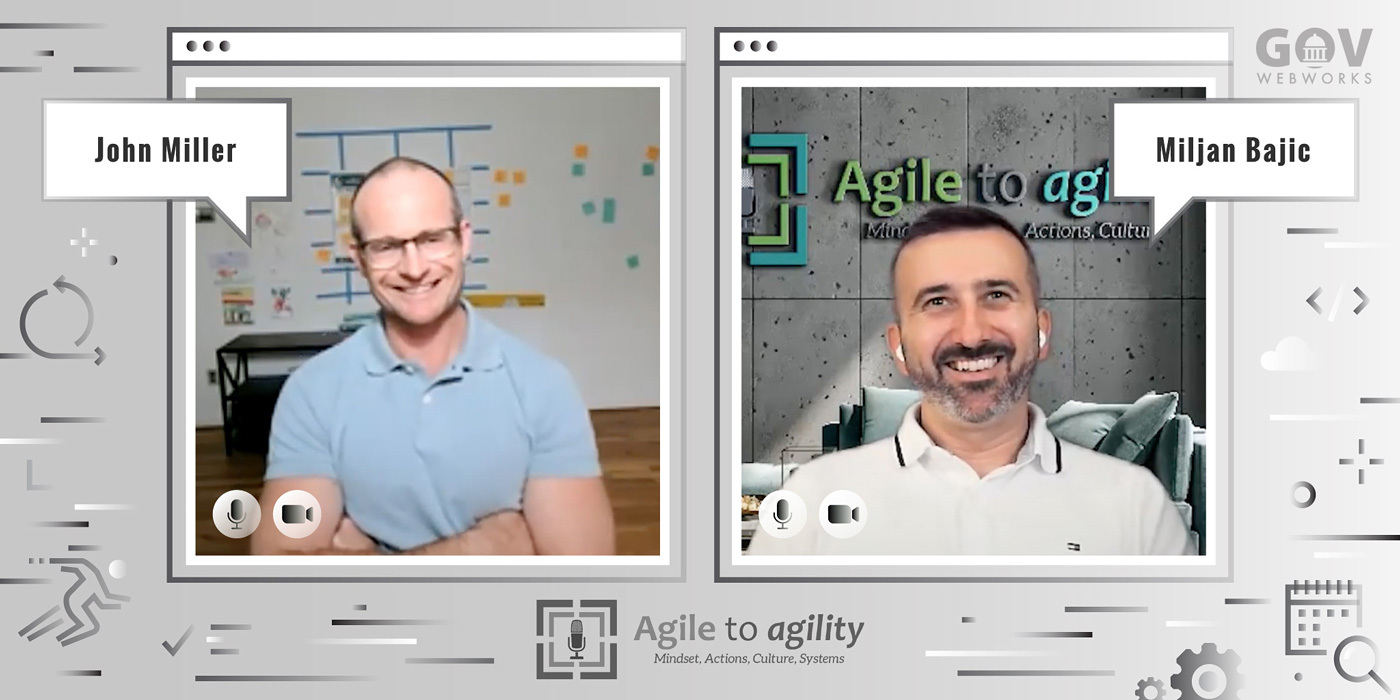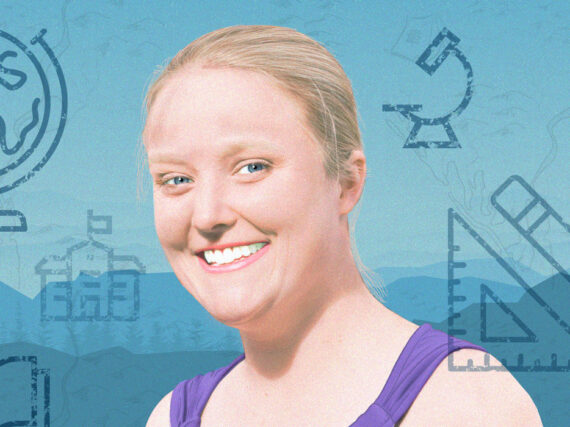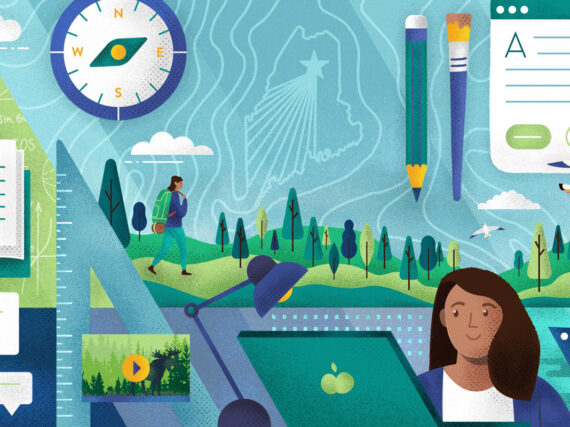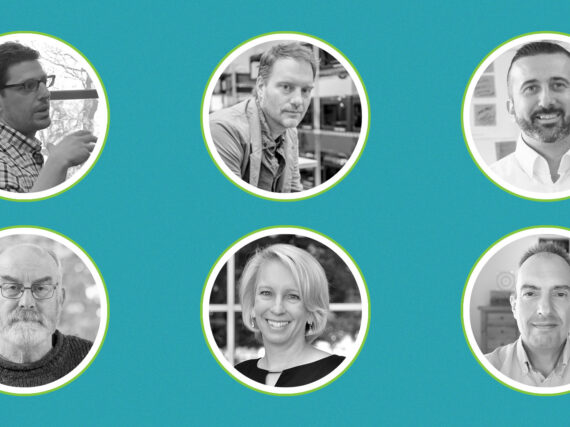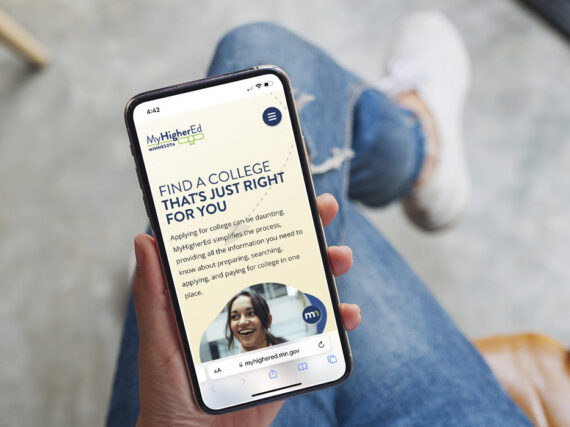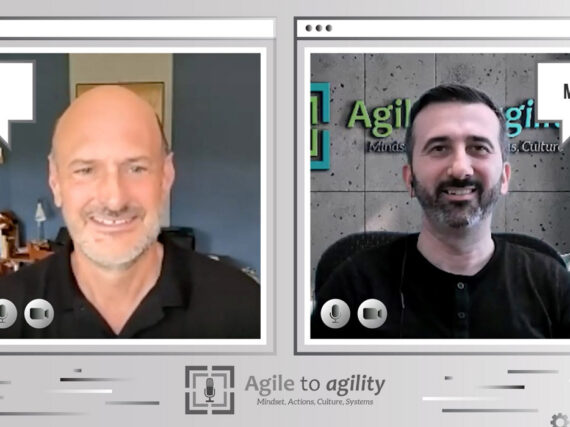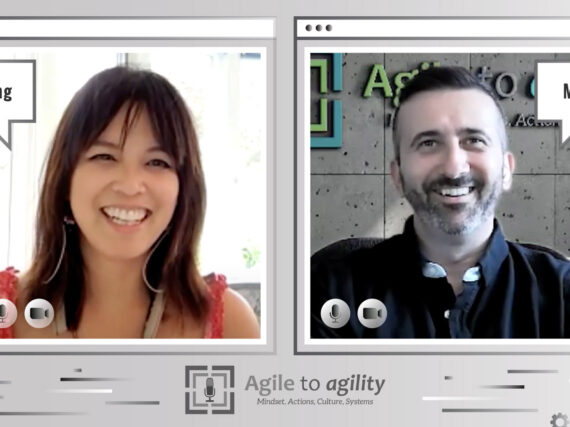When asked to describe himself, Certified Scrum Coach John Miller says, “Curious, always willing to try something different to make things better.” During his work with Agile Classrooms, a “learning framework for growing adaptive and self-organizing classrooms,” he brought that spirit to the task of teaching Agile in schools.
Since 2012, he’s worked with public, international, and private schools, and universities to help them embrace Agile in the classroom. “It is my mission to continue to inspire school districts, universities, and educators to take a more innovative and creative approach to how they guide faculty, manage their schools, and teach students,” he states on the Agile Classrooms website. “Through a growing community, real-life stories, and applicable practices, I’m excited to continue to be a source of support for anyone wishing to become an Agile Educator.”
Miller spoke with Miljan Bajic about this mission.
How has your work with Agile in education progressed?
When I started in 2010-11 there was nothing, but now it’s becoming a thing. I wouldn’t say it’s widespread, or there’s mass adoption, but people recognize it and see it as an answer to some problems in education.
A good practice from the educational world is, “I do, we do, you do.”
To teach Agile practices, basically I’m going to show you an example of how I’d do something, then we do one together with feedback, and then you go off and try it yourself. With the students, I’d model what we were doing to get them to understand it, and then ask them to figure out how to do it themselves. They’d work their way up, what we call scaffolding in education. And same thing for collaboration, they’d start by themselves, then try with a team and shared ownership.
I made a mental model of what I was noticing in the classroom and found four categories based on two things, collaboration and choice. Using a two-by-two matrix, some classes had low collaboration and high choice, and some had high collaboration, high choice, more like a Scrum team.
What are the impediments to schools adopting Agile?
The idea of letting go of control is very scary. Many educators would like to, but there’s a lot of fear there. Not only do they have a bunch of kids they don’t want to fail, but for parents, some may support it, but some will say, “Aren’t you supposed to be teaching my kid the way I was when I was in school?” Then there are administrators who do classroom observations who might not get it.
So there are a lot of eyeballs on teachers that makes it risky trying to do something innovative or different.
If you are doing Agile with kids, some are not ready for it and it goes into chaos. It’s not a very good selling point to say to a teacher, “Hey, let’s try a little chaos in your classroom.” But it’s just because kids’ brains are still developing executive functioning. And for the teachers, sometimes they are under tight constraints around curriculum that they have to comply with.
Why is so hard for people to get uncomfortable?
We don’t like it. It’s painful. But growth comes from it. Any time I had adversity, I grew. I didn’t like it, but looking back I’m like wow, I’m stronger, less insecure. Sometimes if I really want to grow, I need to create my own adversities.
Are you seeing a generational shift in the way kids learn?
I’m not sure about the generational thing, but what I find with younger people in school is they haven’t been conditioned yet like we have. It’s how they play on the playground. They don’t wait for someone to tell them the rules, they’ll make up the rules as they go and they’ll agree to it. There’s this natural social interaction that happens, they naturally create and self organize their own rules and they hold accountability to it. It’s natural when you see that state of play. They’re not conditioned yet that they have to do it a certain way.
I actually find Agile for a fourth grade team is a lot easier than an adult team in many ways. They go at it, they’re open, they’re vulnerable.
I find it amazing how vulnerable some kids are. One kid said, “I get angry and I don’t like when I do that.” And everyone got in there and started hugging him. In some ways they are more open about these things. When you give them the opportunity to do it and treat them like true humans that are capable of these things, it’s quite amazing how they rise up.
Do you use the Jobs to Be Done framework in schools?
I developed a Jobs to Be Done for classrooms to get them future ready for life and work in the 21st century. I find the students who do this will actually apply it to real life. I remember working at a school where I showed them a basic Kanban board and they all leaned forward. I realized this was giving them a tool that they could use to control their life and learn from their choices and the consequences. If you use it all the time you are wrapping 21st century skills around everything they do.
It deepens learning and it deepens relationships and the idea of supporting each other instead of teasing each other in the classroom.
I saw it on the playground with bullying where they held accountability to each other when someone wasn’t honoring the right thing to do.
What do you mean when you say you use Agile as a Trojan horse to make organizations more sane?
It’s a basic model of “sanity before agility.” Can we make work more sane for people? If you just get that, that’s a huge benefit. I found four attributes to sanity. You get about 80 percent of the benefits with these four things:
- Ability to focus and minimize the amount of distractions and multitasking.
- Ability to break things into smaller increments so things get done faster.
- A cross functional team that has all the skills needed.
- A team that is as dedicated and stable as possible.
Anything you’d like to leave us with?
Just do the next smallest right thing. What’s the smallest right thing I can do to move forward? That’s it. That’s all you can do in life and work.
Learn more
- Contact GovWebworks to learn more about implementing Agile practices for a project or team
Listen to the Agile to Agility podcast:
- John Miller: POs, Jobs to be Done, Agile in Education: Agile to Agility with Miljan Bajic
Work with John Miller:
Follow John Miller on Twitter:
